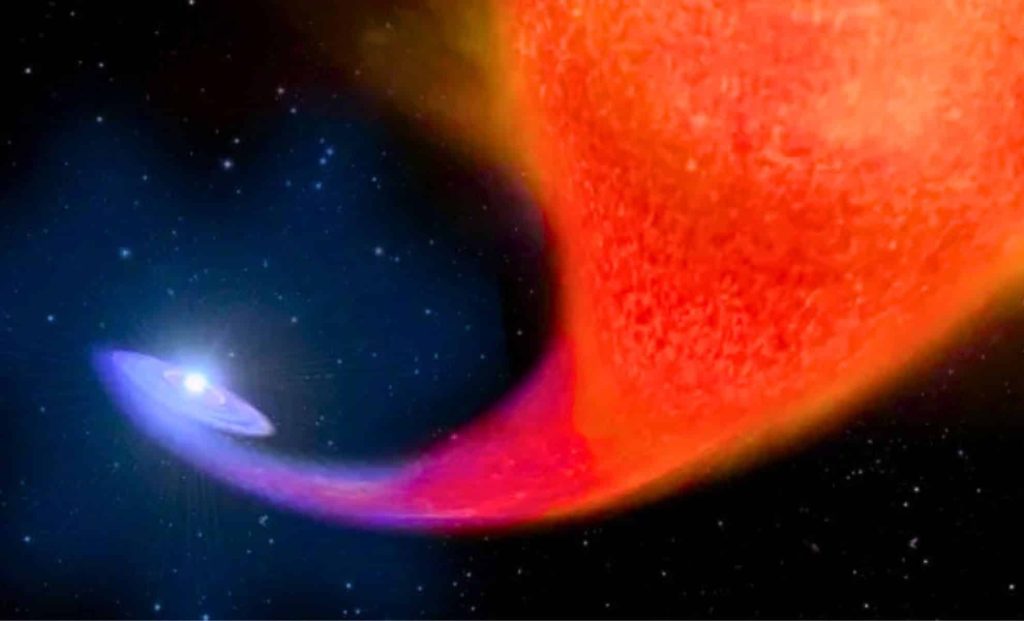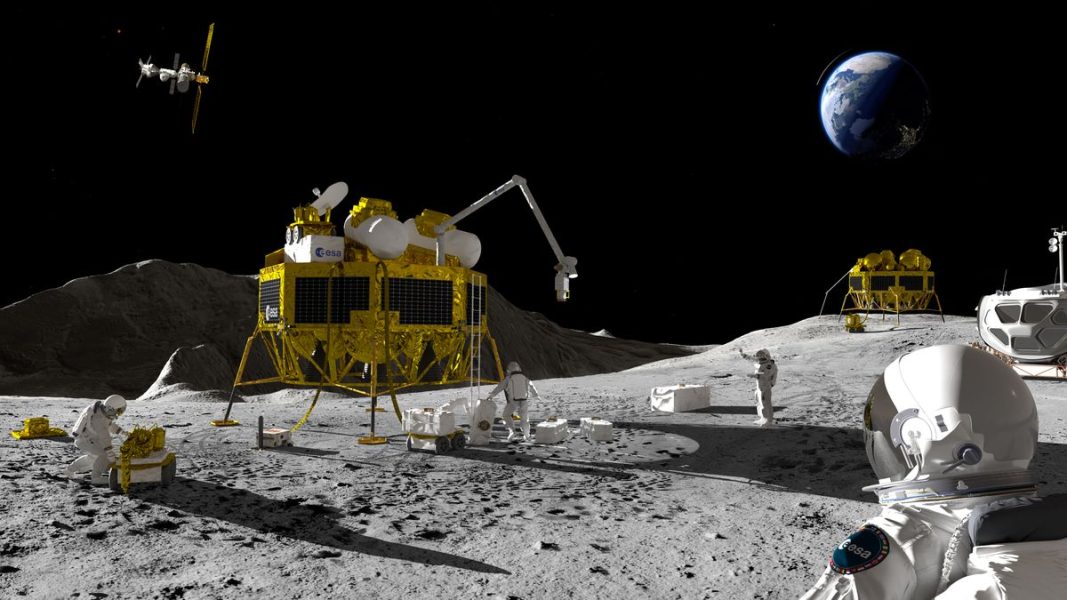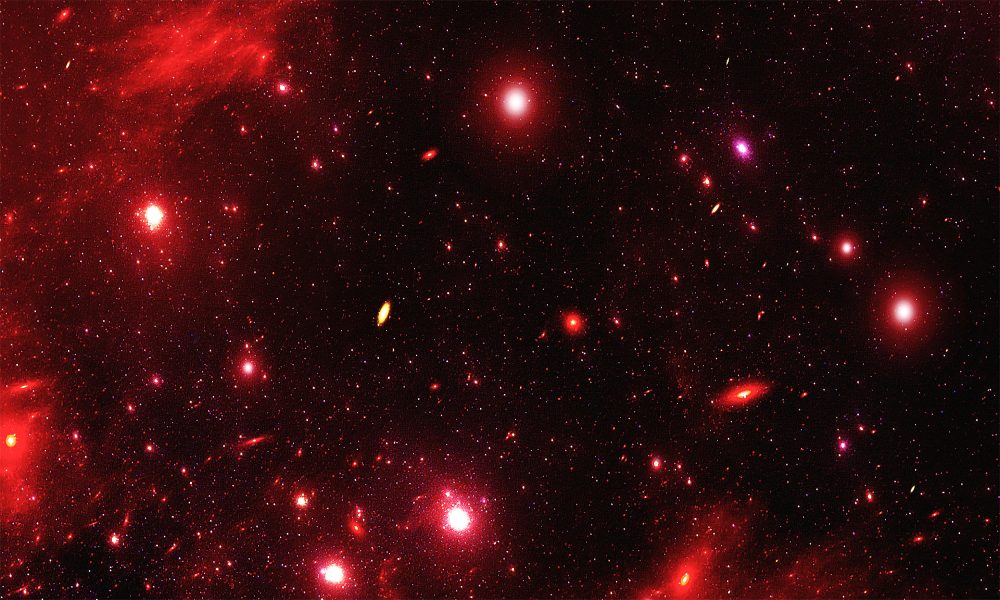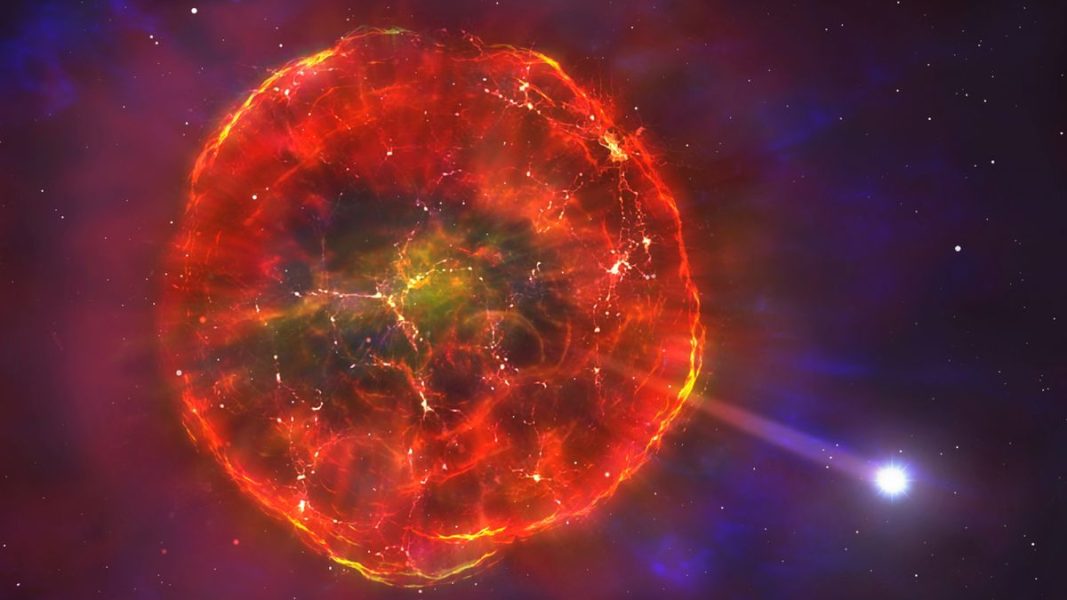Hubble Has Discovered a Mysterious Star in the Milky Way, Dubbed the ‘Blue Lurker’, That’s Defying Stellar Evolution – The Daily Galaxy –Great Discoveries Channel

Hubble has just uncovered a star in the Milky Way that defies everything we know about stellar evolution. Dubbed the ‘Blue Lurker,’ this mysterious object spins faster than it should—and no one knows why.In 2025, one might assume that all types of stars in the Milky Way have been cataloged, yet the universe continues to surprise us. In 1953, American astronomer Alan Sandage revolutionized our understanding of stellar clusters with his discovery of blue stragglers. Today, the Hubble Space Telescope has unveiled a new class of exotic stars: blue lurkers. These enigmatic objects, observed in the open cluster M67, challenge our knowledge of stellar evolution and provide fresh insights into the dynamics of multiple star systems.To appreciate the significance of blue lurkers, we must revisit the history of the globular cluster M3 (also known as NGC 5272). Discovered in 1764 by French astronomer Charles Messier, M3 is one of the largest and brightest globular clusters in the Milky Way. Located approximately 33,300 light-years from Earth in the constellation Canes Venatici, it contains nearly half a million stars, predominantly ancient, low-mass, and red.In 1953, Alan Sandage made a startling discovery within M3: a blue, young, and massive star amidst these aging stellar populations. This blue straggler appeared to defy the principles of stellar evolution. How could such a young star exist in a cluster where all stars formed over 8 billion years ago? The answer lies in stellar collisions and mass transfer in binary systems, phenomena common in globular clusters due to their extreme stellar density.Blue stragglers are the result of two primary scenarios:These mechanisms explain why blue stragglers, despite residing in ancient clusters, appear younger and more massive than their neighbors.Hubble has now identified a new class of paradoxical stars: blue lurkers. These objects, observed in the open cluster M67, share some characteristics with blue stragglers but exhibit unique features. Unlike blue stragglers, blue lurkers are not necessarily massive or young. One such star, studied by a team of astronomers, is a yellow star with a mass comparable to the Sun but an exceptionally high rotational velocity.Emily Leiner, a researcher at the Illinois Institute of Technology, explains: “This star has had a super complicated evolutionary history. It’s really exciting because it’s an example of a star that has interacted in a triple-star system.”Triple star systems, though accounting for about 10% of Sun-like stars, remain poorly understood. The blue lurker studied by Hubble provides valuable clues about their evolution. The white dwarf orbiting the blue lurker is more massive than expected (0.72 solar masses versus 0.5), suggesting it is the product of a stellar merger. Before evolving into a white dwarf, the merged star would have transferred mass and angular momentum to the blue lurker, accounting for its rapid spin.“We know that these multiple-star systems are quite common and that they lead to really interesting outcomes. We just don’t yet have a model that can reliably connect all these evolutionary stages,” adds Emily Leiner. Blue lurkers, with their tumultuous histories, may hold the key to developing such models.The discovery of blue lurkers reminds us that the universe is still full of unexplained phenomena. Thanks to instruments like Hubble, we continue to uncover the secrets of stars and refine our understanding of their evolution. These exotic objects, whether blue stragglers or blue lurkers, challenge existing theories and invite us to explore new avenues in the study of multiple star systems. The universe, far from having revealed all its secrets, remains a fascinating frontier for astronomers worldwide.Got a reaction? Share your thoughts in the commentsEnjoyed this article? Subscribe to our free newsletter for engaging stories, exclusive content, and the latest news.Comment Save my name, email, and website in this browser for the next time I comment.
© 2024 | Daily Galaxy | All rights reserved





